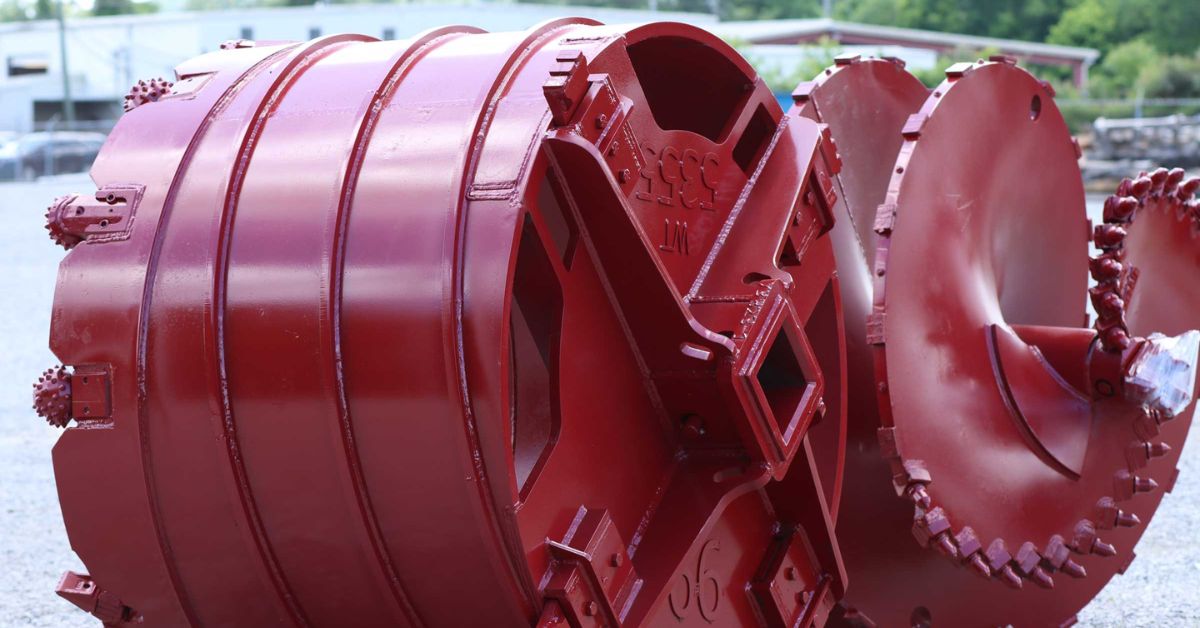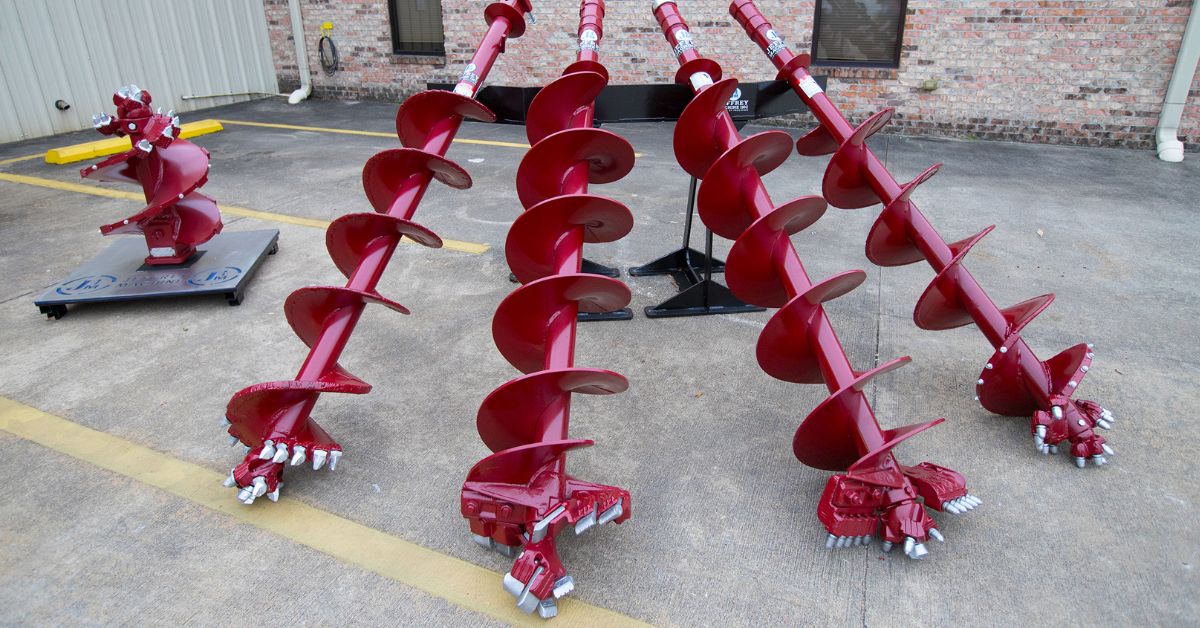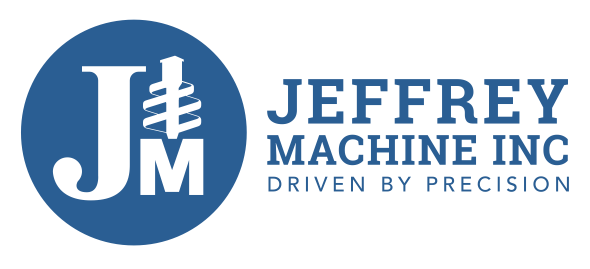Best Practices for Deep Foundation Construction

When it comes to constructing deep foundations, there’s no room for error. These structural systems are crucial for transferring building loads to stable soil or rock layers located deep below the surface, thereby ensuring long-term structural integrity. The best practices for deep foundation construction are rooted in combining expert geotechnical investigation, effective design methodologies, and disciplined on-site execution. Read on as we dive into the essential elements that make deep foundation construction projects successful.
Comprehensive Geotechnical Analysis
A deep foundation project begins with a thorough understanding of the ground beneath the structure. Geotechnical analysis is critical for any reliable construction plan. Ground properties such as soil type, compressibility, and water table depth dictate the design and feasibility of deep foundations. More importantly, the application of geotechnical data enables engineers to identify challenges such as soil instability, excessive water retention, or ground settlement.
Data for geotechnical analysis is often collected through detailed site investigations. From methods such as cone penetration testing to laboratory tests on soil samples, this step is crucial to understanding how the underground environment will interact with the structural loads of your project. By investing in precise subsurface research from the start, you set the stage for both safety and efficiency in construction.
Appropriate Deep Foundation System Selection
With foundational data gathered, another critical decision emerges—determining the exact type of deep foundation that fits your project’s needs. Depending on factors such as soil conditions, load requirements, and environmental considerations, you may need to choose between driven piles, bored piles, or caissons.
Driven Piles
Driven piles are prefabricated and hammered into the ground using impact or vibratory forces, making them well-suited for projects where speed of installation is a concern. However, soil displacement and vibrations can be drawbacks in particularly sensitive construction environments.
Bored Piles
On the other hand, bored piles involve drilling a cylindrical shaft into the ground before filling it with reinforced concrete. This quieter process avoids soil displacement and is commonly employed in regions with high-density urban development or unpredictable subsurface layers, such as rocks or debris.
Caissons
For larger-scale projects, such as bridges and coastal structures, caissons may be the preferred choice. These water-tight boxes are sunk into position and can bear massive loads while offering unique flexibility for underwater construction.
The decision-making process doesn’t only concern structural criteria; environmental regulations, budgetary constraints, and access to appropriate machinery often factor in as well.

Material Selection and Quality Assurance
The materials used in deep foundation construction play a crucial role in structural durability. Two of the highly favored materials are reinforced concrete and structural steel, each with unique benefits depending on site-specific conditions.
Concrete
Concrete is valued for its robustness, resistance to weather extremes, and ability to be custom molded for varied designs. When using concrete, the water-cement ratio must be carefully controlled to avoid issues such as excessive porosity or cracking over time. High-strength concrete, combined with reinforcement (typically steel rebar), ensures resilience under both massive compressive and tensile forces.
Steel
Steel, while sometimes requiring specialized protective coatings for environments prone to corrosion, offers unmatched versatility and strength. For projects that require more flexibility in the design phase or where seismic activity is a concern, steel piles, often equipped with helical threads, provide reliable support.
Regardless of material, consistent quality assurance protocols must be in place. Routine material testing, including strength tests and dimensional checks, guarantees that all components meet project specifications. Proactive checks not only improve safety but also reduce costly retrofitting down the line, leading to better project success.
The Challenges of On-Site Construction
Deep foundation projects are as much an engineering endeavor as they are an exercise in coordination and problem-solving. The complexities of constructing beneath the surface mean constant vigilance is necessary to address dynamic conditions, such as water intrusion, shifting soils, or unforeseen obstructions.
Groundwater Challenges
Groundwater can present a challenge, particularly in waterlogged or coastal areas. Left unmanaged, it can lead to increased instability or even compromise the entire foundation. Rapid dewatering systems that pump out groundwater or shoring techniques that isolate work zones offer effective solutions here.
Seismic Safety
Seismic safety adds another layer of complexity. To safeguard the structure against tremors, engineers add seismic-resistant reinforcements and adjust the foundation’s geometry for optimal load distribution. Many modern projects also rely on computer-aided simulations to test various seismic scenarios before construction even begins.
Extreme Weather
Construction delays caused by extreme weather are another risk. Cold climates slow the curing process for concrete, while heavy rainfall can weaken temporary supports or flood excavation pits. Preemptive planning, such as seasonal scheduling or weatherproofing for active work sites, helps make sure that productivity remains uninterrupted.

Industry-Recognized Best Practices
Success in deep foundation construction relies on a methodical adherence to industry-recognized standards. Engineering organizations, such as the Federal Highway Administration (FHWA) and the American Society of Civil Engineers (ASCE), provide comprehensive guidelines that address technical design specifications, safety protocols, and inspection criteria.
These standards focus on crucial aspects of construction, including soil compaction and stabilization, vibration monitoring for urban projects, and corrosion protection for foundations that are submerged or partially submerged. Each of these areas plays a pivotal role in ensuring the integrity, safety, and longevity of foundation systems.
In addition to meeting technical requirements, expert teams prioritize sustainability by integrating environmentally responsible practices. This includes using low-impact materials, optimizing waste management, and reducing noise pollution, especially during extended construction periods.
By combining strict adherence to standards with sustainable practices, modern deep foundation construction achieves both structural excellence and environmental responsibility.
A Collaborative Approach
Effective execution of a deep foundation project demands collaboration between various stakeholders, from structural engineers to contractors to regulators. Frequent and clear communication across these roles bolsters alignment throughout every stage of the project cycle, from initial study to final inspection.
Using technology like building information modeling (BIM), teams can simulate project workflows, monitor progress, and identify potential bottlenecks or safety hazards in real time. Aside from using technology, investing in durable and reliable tools, such as customized drill bits or project-specific equipment, can further enhance project success.
Jeffrey Machine provides high-quality, durable, and reliable anchor tools designed to meet the needs of any project, regardless of its size or complexity. Built for performance and longevity, our tools ensure you have the right equipment to get the job done efficiently and effectively.
Foundations of Future Success
The evolution of construction technology and processes means new possibilities for innovation in the field of deep foundation systems. By adhering to the best practices for deep foundation construction, businesses not only achieve stronger infrastructure but also make improvements toward operational efficiency and workplace safety.
Whether constructing skyscrapers that define city skylines or bridges that span incredible distances, the work starts far below to produce results that rise above. Contact our team at Jeffrey Machine today to get the most reliable tools for elevating your next big project.
